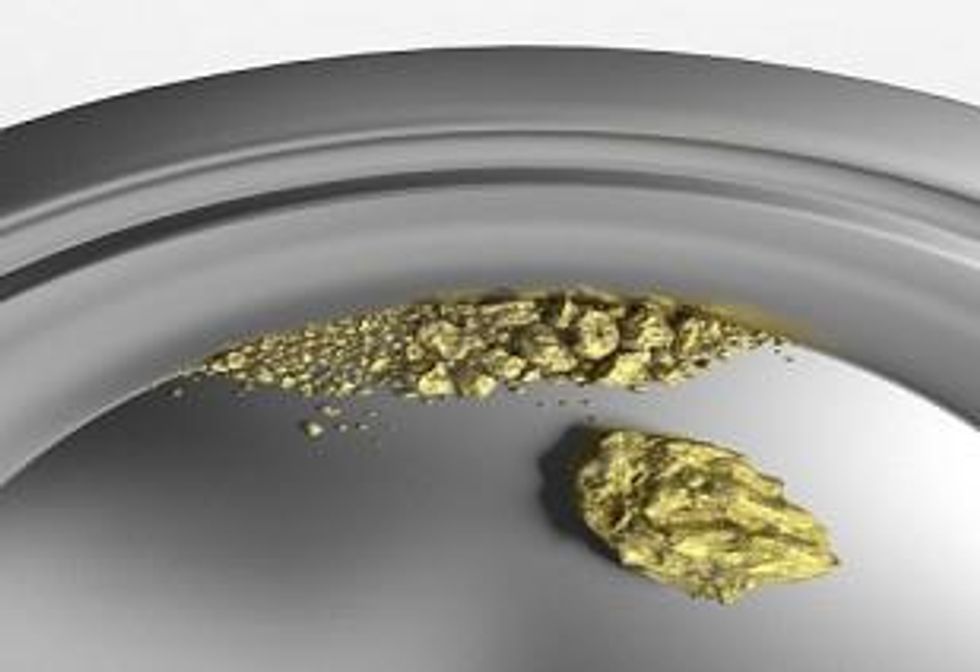The Tintina hosts some of the most rugged terrain in North America with some of the richest gold deposits. The area is also known to contain other mineral deposits including copper, lead, zinc and silver of the volcanogenic massive sulfide (VMS) type.
By John Carter-Exclusive to Gold Investing News
The Tintina Gold Province (TGP) also known as the Tintina Gold Belt, discovered by Russian explorers in 1848, extends in an arc from northern British Columbia, through the Yukon and across southwestern Alaska to the Pacific Ocean. The arc spans approximately 2,000 km and is about 200 km wide, reaching its apex just north of Fairbanks, Alaska. For most of its length, the TGP is located between two faults: the Kaltag-Tintina to the north, and the Farwell-Denali to the south.In a telephone interview, David Szumigala of the Alaska Geological Survey (AGS) stated that, “The Tintina Gold Belt was a term coined by a stock promoter to sell shares in a gold mine, but the term does not make sense geologically.” Szumigala explained that the area encompassing the Tintina was actually a conglomeration of several small tectonic plates of varying gold-bearing terranes stitched together by tectonic forces.
Gold deposits
The Tintina hosts some of the most rugged terrain in North America with some of the richest gold deposits. The area is also known to contain other mineral deposits including copper, lead, zinc and silver of the volcanogenic massive sulfide (VMS) type.
According to Szumigala, the gold deposits in the Tintina originated from volcanic intrusions into older rocks. Weathering of these rocks created the large placer deposits of the Tintina, accounting for about 50 percent of all the gold mined in Alaska.
Kinross Gold Corp’s (TSX:K) Fort Knox Mine, located north of Fairbanks, gave geologists the first clues as to the origin of the placer gold deposits that fueled earlier gold rushes. The mine also gave the first indications of lode gold mining along the Tintina. Since starting production the Fort Knox Mine has produced approximately 370,000 ounces of gold per year.
Accessibility
The Tintina is intersected by the Alcan Highway for most of its length; however, exploration in the area is difficult. Access to the region is challenged by a lack of suitable secondary highways, airports or lakes suitable for aircraft landing. Exploration teams have to be flown in by plane or helicopter. However, as further exploration efforts are being undertaken, it is becoming more apparent that the TGP may be one of the largest gold bearing provinces on Earth.
The Alaska Division of Geological & Geophysical Surveys recently announced the publication of a survey for the Laude Survey Area, a high-mineral-potential area located in the Fortymile Mining District, located within the Tintina Province. Fortymile Creek is an area which produced more then 500,000 ounces of gold during the Klondike Gold Rush. The results of aeromagnetic survey data and maps will help geologists and other explorers to better understand the geology of the Tintina.
Across the Strait
Many geologists have theorized the Tintina extends across the Bering Sea into far eastern Russia as part of the Kolyma Basin, another gold-bearing province that was home to the Gulag under Stalin. This part of Russia occupies a portion of the North American plate that includes the Kamchatka Peninsula, and northern Japan.
